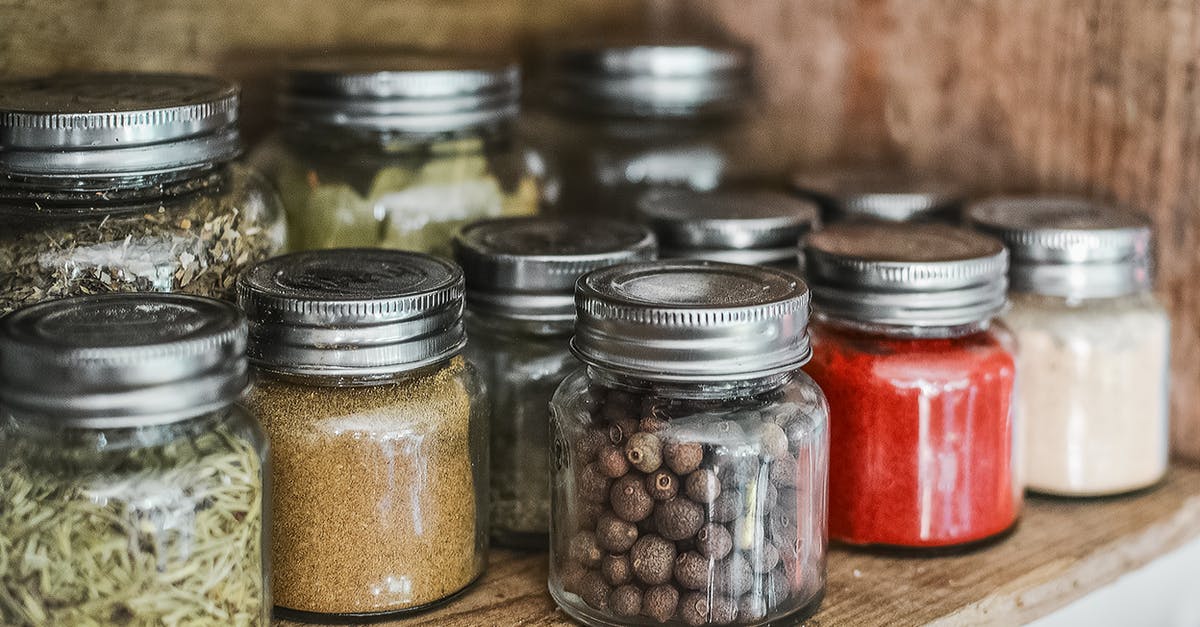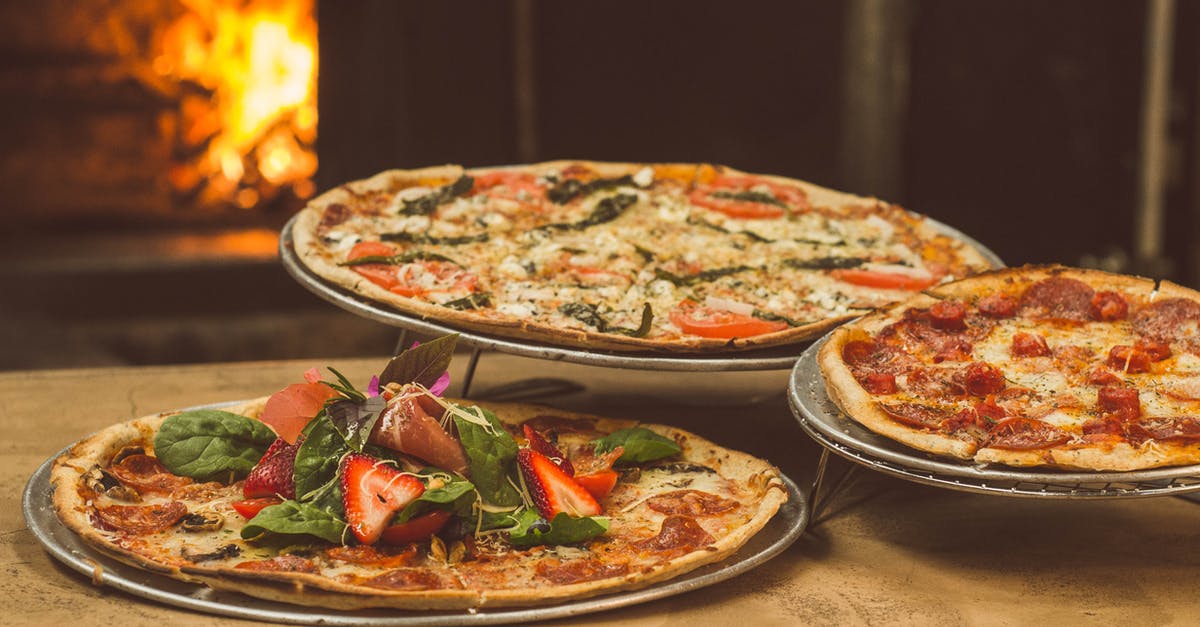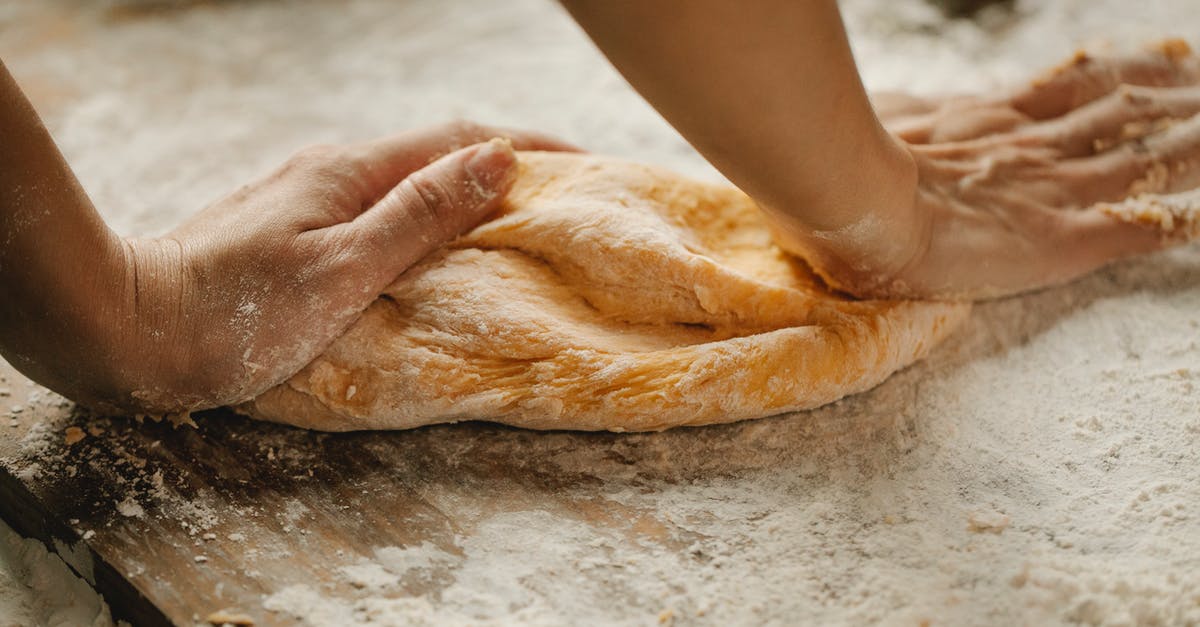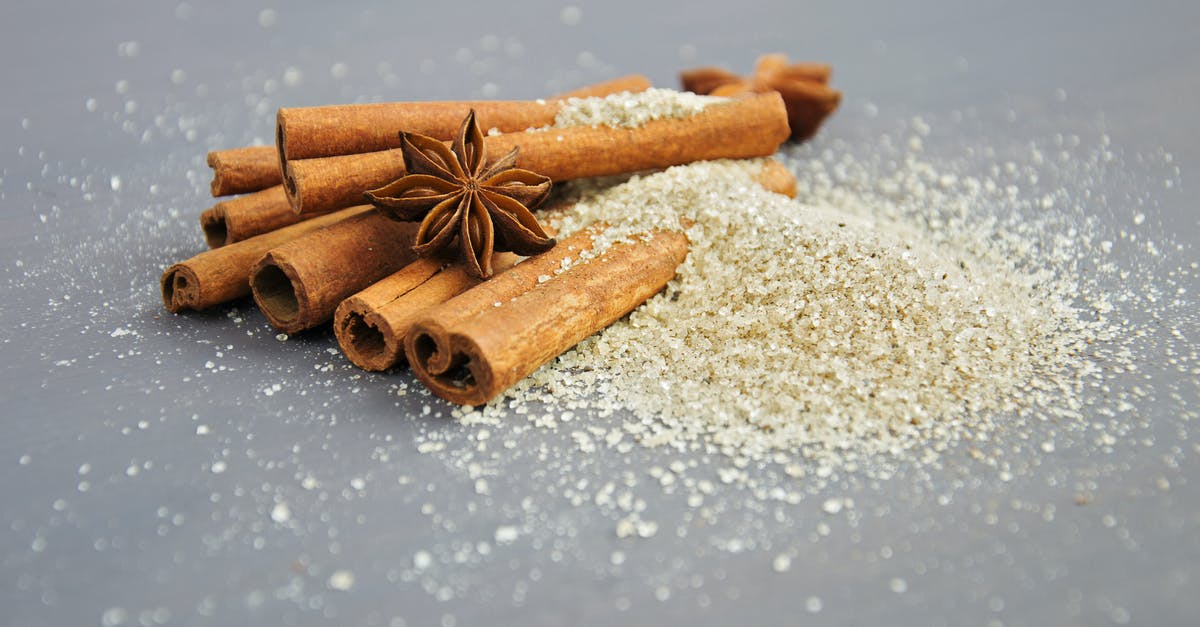How do I impart "extra" flavor with Sous Vide cooking?

I've been cooking Sous Vide 2-3 times a week for about 10 months now, and I absolutely love it. The control of temperature and time makes for some really interesting possibilities. But, one of the touted benefits of the method is better imparting of flavors during the cooking process, and I'm not getting this at all.
I'm not using a vacuum sealer in my process, instead I'm submerging an open bag in water and letting the partial pressure get all the air out before closing it up. Is this the reason I'm not noticing the additional flavor? Do the muscles in the meat need to be stretched by the vacuum? If that is the case, is a home vacuum sealer sufficient for that? I somehow doubt that a vacuum sealer gets much more negative pressure on the meat than my method. Do I need a chamber vacuum to get the effect?
Or am I just not using the right ingredients in my recipes?
What am I doing wrong? I love my Sous Vide Supreme, but I feel like I'm missing out on a piece of the experience.
Edit: I tried looking for some of the recipes that I haven't had luck with last night, but because everything is mostly google searches, I couldn't really come up with anything concrete. However some things that haven't really added that extra flavor are: Olive oil, butter, bacon fat, rosemary, thyme, and garlic. Not all at the same time, but in different combinations. A lot of my initial reading was careful to point out that you shouldn't use too much seasoning as the tastes would be much stronger than you were used to. I'm not getting that at all.
Best Answer
Sous vide not only keeps the proteins (main component) at a lower temperature, but also the spices/oils/flavorings. Heat helps release the taste and aroma of all the ingredients, and the sous vide might not be hot enough to do that.
So, while it kind of kills the simplicity, you could always sautee the seasonings in oil before adding them to the sous vide bag (not until cooler though). Or just keep them separate and recombine for serving. Sous vide itself (not the vacuum part) is mainly for maintaining/achieving a controlled internal temperature, and skilled cooks don't only sous vide a dish; they might sous vide and then finish under a broiler for texture, or with a torch. If the sauce isn't working inside the bag, make it work outside the bag.
Alternately, put the ingredients in the bag the day before, and let them marinate overnight in the fridge. The vacuum action is essentially just a speeded up marinade, so this should do the same.
Also, make sure you're using enough (but not too much) SALT.
Finally, call the Sous Vide Supreme company. They know their product's capabilities and limitations and might have some good recommendations.
Just my guesses.
Pictures about "How do I impart "extra" flavor with Sous Vide cooking?"



How do you make sous vide more flavorful?
Even if you just add salt to the sous vide bag, that is enough to get the flavor started. The reason sous vide steaks have so much flavor is because they're cooking in their own juices within the vacuum sealed bag. At the minimum, add a pinch of salt for each steak to help bring out the flavor of your beef.Do you salt before or after sous vide?
When cooking sous vide, it is therefore generally better to add salt after the sous vide cooking phase, unless you're intentionally trying to create a cured texture. Salting a steak before cooking sous vide is only recommended when it'll be served immediately.Can you use dried herbs in sous vide?
Often dry spices and fresh herbs work better to season sous vide meat or fish than wet marinades and pastes.Why is my sous vide steak bland?
The only issue is that if you salt too far in advance, the meat will start to cure, and change flavor and texture in ways you probably don't want. This is an issue with very long sous-vide cooking ... if you're going to be holding or cooking at low temperatures over 4 hours or so, it may be best to salt afterwards.More answers regarding how do I impart "extra" flavor with Sous Vide cooking?
Answer 2
I posed this question to Dave Arnold over at Cooking Issues, as mentioned by Peter V, and he had an answer for me.
Typically, the vacuum will give more flavor penetration than a ziploc. The ziploc, however, will help flavor in the sense that it prevents the loss of volatiles. A home vacuum can help with infusion in the sense of accelerating the penetration of marinades, but isn’t so good at infusion in the sense of rapid pickling and the like –that requires the real machine.
Sounds like a chamber sealer > home vacuum sealer > ziploc bag. I guess I need to invest in another gadget to get the effect (I'll add it to the already rather long gadget list).
Answer 3
I would recommend adding the savory back to your dishes that sous vide cannot impart upon your food. Depending on the course, you could broil, braise, torch, add MSG, etc.
Don't forget that salt = flavor, too!
The method you use to bag your meats bears little difference in the amount of flavor added (see other FoodSaver vs zip-lock arguments). The home vaccuum sealer will not impose a significant "negative" pressure on the food inside the bag, as the contents retain the atmospheric pressure applied on the surfaces of the bag regardless of how much gas volume is removed. Dipping your ziplock in water works the same way, but under an insignificantly higher pressure (by a few inch-lbs, depending on how deep in water bag is) while removing the gas contents of the bag. The FoodSaver is easier to use and with less mess when using oils in my opinion; I have used both methods.
A commercial food service vaccuum sealer is a different beast altogether, but not something available to the average consumer due to cost (>$1000), but has the potential to draw out a significant amount of the oxygen from the bag compared to a home sealer thereby preventing the oxidation of volatile organics, i.e. flavor, and will imbue more flavor for the same amount of seasoning with less time than what the home cook is capable.
Keep in mind the company Zip-Lock does not recommend sous vide in their bags since they do not have documentation of preventative leaching above 50C (extra cost to the company to test, not necessarily a real fear to have). FoodSaver has performed these tests on their bags, but are more expensive to buy.
Answer 4
Use more concentrated flavours, that will help. And yes, you need to vac-seal; this draws some of your flavouring compounds right into the meat.
Answer 5
The French Culinary Institute Blog has a great (unfinished) primer on Sous Vide cooking. I would recommend it, including this link: http://www.cookingissues.com/primers/sous-vide/part-ii-low-temperature-cooking-without-a-vacuum/ which is on sous vide cooking using ziploc bags and no vacuum seal.
Upshot: Go for it, the author does most of his sous vide minus vacuum cooking at this point.
Regarding flavor: I don't have enough information or experience to help you solve your problem. I'd suggest you update with a sample recipe you're making and what you want out of it -- then some more experienced sous vide folks can comment on what you've got going on.
Answer 6
I am a serious steak eater and always on the lookout for better ways to get the ultimate steak. To this end I just purchased a sous vide machine and after a few attempts with quality prime cuts I sadly have to agree, the results lack taste when compared to properly skilleted / broiled steak with butter. Sous vide steak simply taste bland and I also find the sear achieved is far to thin when compared. I was plesantly suprised though at the consistancy atained with regards to the solid color of rare or medium rare top to bottom but the loss of taste is just to much to give up.
If you choose this method for steaks alone you may be quite disappointed. Lesson learned, its back to pan frying and broiling for me!
Answer 7
Yes, if you're used to the browned flavors of high-heat cooking, sous vide will be strangely bland. You can get those flavors back two ways. Either you can sear the meat first, then seal it and finish cooking sous vide, or you can cook sous vide then let it rest long enough to cool by 30 degrees or so (or all the way to fridge temperature), then finish by high-heat cooking.
Answer 8
I was also expecting more flavor concentration from sous-vide than what I'm experiencing. Not a problem per say, just that I had to readjust my expectations.
Maybe part of the claims are inflated by positive thinking? I'd be curious to have see scientific measurements done...
PS: I am using a cheap vacuum sealer (FoodSaver)
Answer 9
I will talk only about beef only. I too see the results of loss of flavor in cooking beef sous vide. I also I know longer but into the advertised fact that vacuum sealing beef "sucks" in flavor. I think it sucks flavor out and when cook under pressure it prevents flavor penetration all together and once the protien is cooked it will not suck anything back in when the pressure of the bag is released. I have tried chamber tumblers and they dont work as advertised either. Tumbling the meat in a rock tumbler will produce better results in my experience as vacuum chamber tumblers. I consistently have more success at marinating beef in a glass dish or ziplock. I have been cooking sous vide for about 3 years. I find that cooking quality steaks on a grill has better flavor then a sous vide one. Use the sous vide cooker for tough cuts of beef and plan to add some kinda sauce when served. I have had success at marinating beef and then using the Archimedes principal to sous vide cook but I won't say it's better than a grilled.
Sources: Stack Exchange - This article follows the attribution requirements of Stack Exchange and is licensed under CC BY-SA 3.0.
Images: Pixabay, Narda Yescas, Klaus Nielsen, Mareefe
